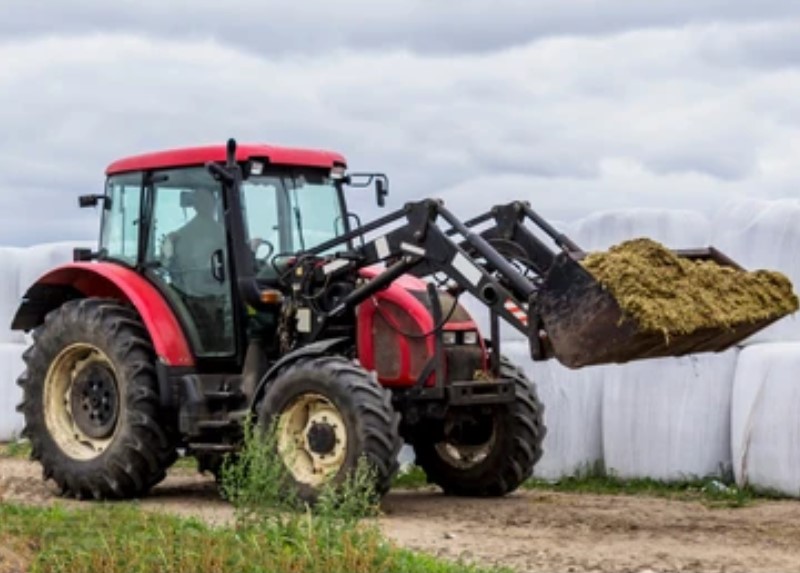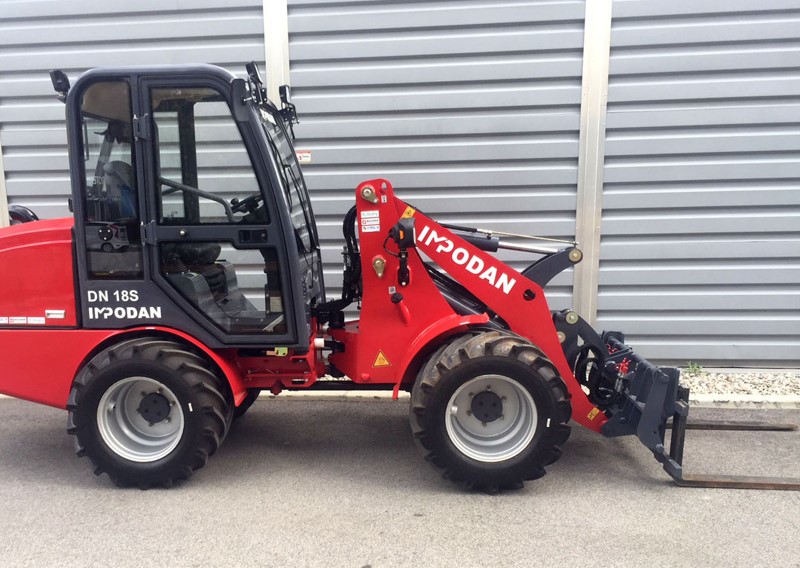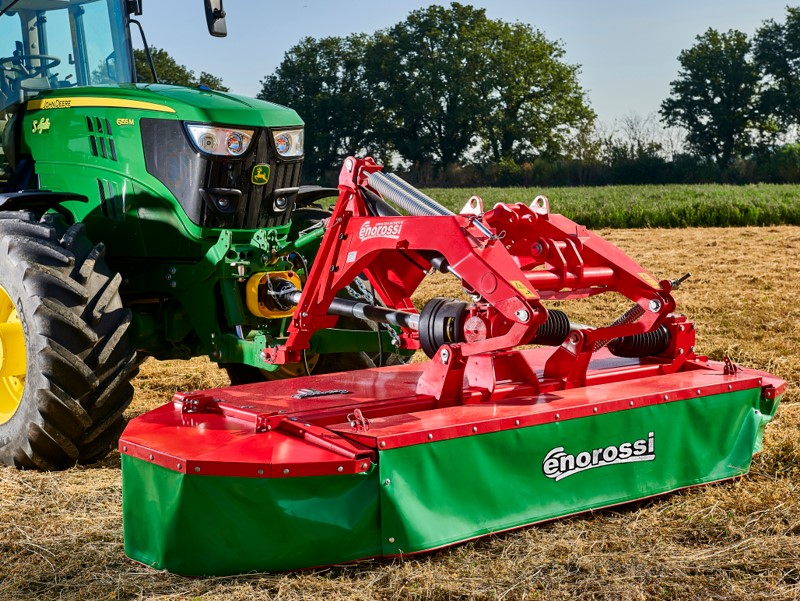Common Types of Tractor Attachments
A tractor without tractor attachments and implements attached to it is nothing but just another ordinary vehicle used around your farm. To perform a particular task, tractors need an attachment and implementation.
A tractor implement can be unpowered or powered machinery. Powered implements acquire their power by wheel action, electrical and hydraulic output, or the tractor’s power take-off (PTO).
Table of Contents
How Do Tractor Attachments and Implements Work for Tractors?
The rear, front, and mid are the three mounting locations where implements can be attached to tractors. The tractor loader is the most common type of front-mounted implement.
Loader arms can be attached to either side of the tractor’s engine with movements controlled hydraulically. These loader arms come in handy for lowering and raising the implement, allowing other elements to be mounted, such as the snow blower, pallet fork, and others to replace the loader bucket. This loader bucket or other tilt-down and up implements are also hydraulically controlled.
The least popular and common attachment point of tractors is the mid-mounting position because it can be tiring or even challenging to mount or dismount implement from this particular position. The mower deck is the most frequently seen mid-mounted tractor implement.
Meanwhile, using a three-point hitch or a drawbar allows implements to be attached to the tractor’s rear. Most tractor owners prefer the three-point hitch because this allows easy raising and lowering of the implement.
Many marketers marketed these days have an implement or two with different combinations. Some are equipped with backhoe implements and loaders. Others have loaders up front with a mower deck between the rear and front wheels.
Depending on the specific task, the tractor operator can choose the suitable implement to carry out the task. The following are some of the most common types of tractor attachments and implements currently available.
Drum Spike Aerator
A drum spike aerator can significantly increase your farm’s overall quality. The spikes make tiny slits to aerate the soil while the drum spike aerator moves around the soil. It forms an improved soil drainage system and allows essential nutrients to sink into the soil faster. They also produce pockets that enable seeds to germinate.
Front Loader
The loader is the most frequently attached implement since this can be seen often on the front end of the tractor, either alone or combined with some other implements. The loader is undoubtedly the most critical implement for many tractor users as this can perform various jobs on homesteads and farms.

This can be used for moving around certain materials, such as those that are disgusting or too heavy to be handy, as well as other mundane jobs like moving fertilizers, gravel, and hay or transferring animal manure to compost pits.
Tractor Brush Cutter/ Rotary Cutter Attachment and Grooming Mower
This PTO or power take-off-driven mechanical implement is often attached to the bottom of the tractor between the rear and front axles or at the tractor’s rear. But the lawn mower implement and the rotator cutter, its more robust variant, can also be fitted to the front or rear end of the tractor.
Grooming mowers are great tools to maintain turf growth and can efficiently trim down 8-inch grass to a height of an inch. Conversely, the rotary cutter is meant to deal with weeds, longer grasses, and sometimes, even shrubs.
Also, despite the exact usage of the cutter and mower, you cannot interchange these two machines in any way.
Landplane
The landplane is an unpowered implement used for leveling the ground. The implement features two parallel blades that cut a very shallow depth to the ground. The blades are placed horizontally at a diagonal angle in tandem with each other to level or grade the soil.
Several landplane models also feature added scarifiers to allow more aggressive ground churning. While the implement is being pulled during operation, it lifts the scraped soil and collects it between its blades.
With the accumulation of soil and other materials, the excess materials flow over the second blade’s width to leave behind a smooth and flat surface trail. You can attach a landplane to the tractor through the three-point hitch system or drawbar.
Fork/ Pallet Fork Attachment
The pallet fork is a versatile tool used in farms that can be attached to the front loader arm of the tractor. These tractor attachments can help move oversized and cumbersome loads, including boxed farm products, hay bales, and other equipment. This is also used for industrial purposes.
Post Hole Digger
The auger or post-hole digger is a type of PTO-driven implement meant to bore holes into the ground. A three-point hitch attaches this implement at the tractor’s rear and is connected to its PTO shaft. You can get the auger bit in different diameters and lengths.
Rear Loader Bucket
The rear loader bucket features a support frame joined to the three-point hitch at a tractor’s rear. The bucket support frame has two side frames centrally joined to the rear end of the hitched coupler’s lower arm links. This also has a straight post centrally placed by a bracket on the high end. The bracket’s front part is centrally secured to the rear end of the hitch coupling’s upper arm link.
Spreader
It is an implement designed to spread or scatter fertilizer, compost, wood chips, lime, or fertilizer onto the ground. It can be either ground-driven or PTO-driven. A power take-off or PTO is acquired from the tractor through linkage to the PTO shaft, while ground-driven uses a mechanical arrangement whose power comes from the wheel movement the moment the tractor pulls the spreader.
These are just some of the many tractor attachments and implements that you can get and use for your tractor. Be sure to choose the right one for your equipment to harness its full potential around your farm.

